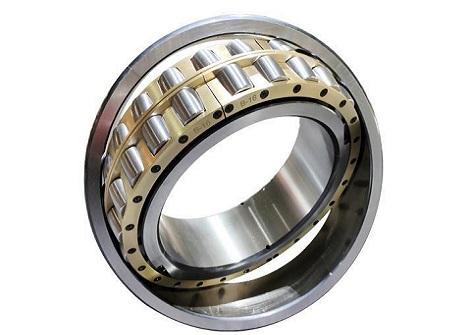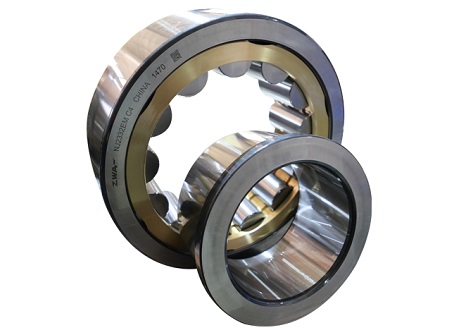
Ball-bearing mainly consists of four basic elements: balls, inner ring, outer ring, and retainer. Industrial ball bearing for general use meets the AISI52100 standards. The balls and ring are usually made of high-volume steel, with Rockwell hardness between 61-65.
The hardness of the retainer is lower than that of the ball and the ring. The materials of the retainer are metal (such as medium carbon steel, aluminum alloy) or non-metal (such as Teflon, PTFE, polymer materials). The rolling bearing has less rotational friction resistance than journal bearing, so at the same speed, the temperature of the former will be much lower due to friction.
Ball bearings are generally used in low-load mechanical transmission equipment. Because of the small bearing area of ball bearing, serious mechanical damage is prone to occur under high-speed operation. Thus, the needle roller bearings are often used in the heavy-load mechanical transmission to increase the bearing surface, improving the mechanical transmission efficiency, and reducing mechanical damage.
Ball-bearing changes the friction method. This method, using the rolling friction, can effectively reduce the friction between the bearing surface, improve the service life of the fan bearing. Therefore it can extend the service life of the radiator. The disadvantage is that the process is more complicated and the cost is much higher.
Find more different types of ball bearings and their uses here!

